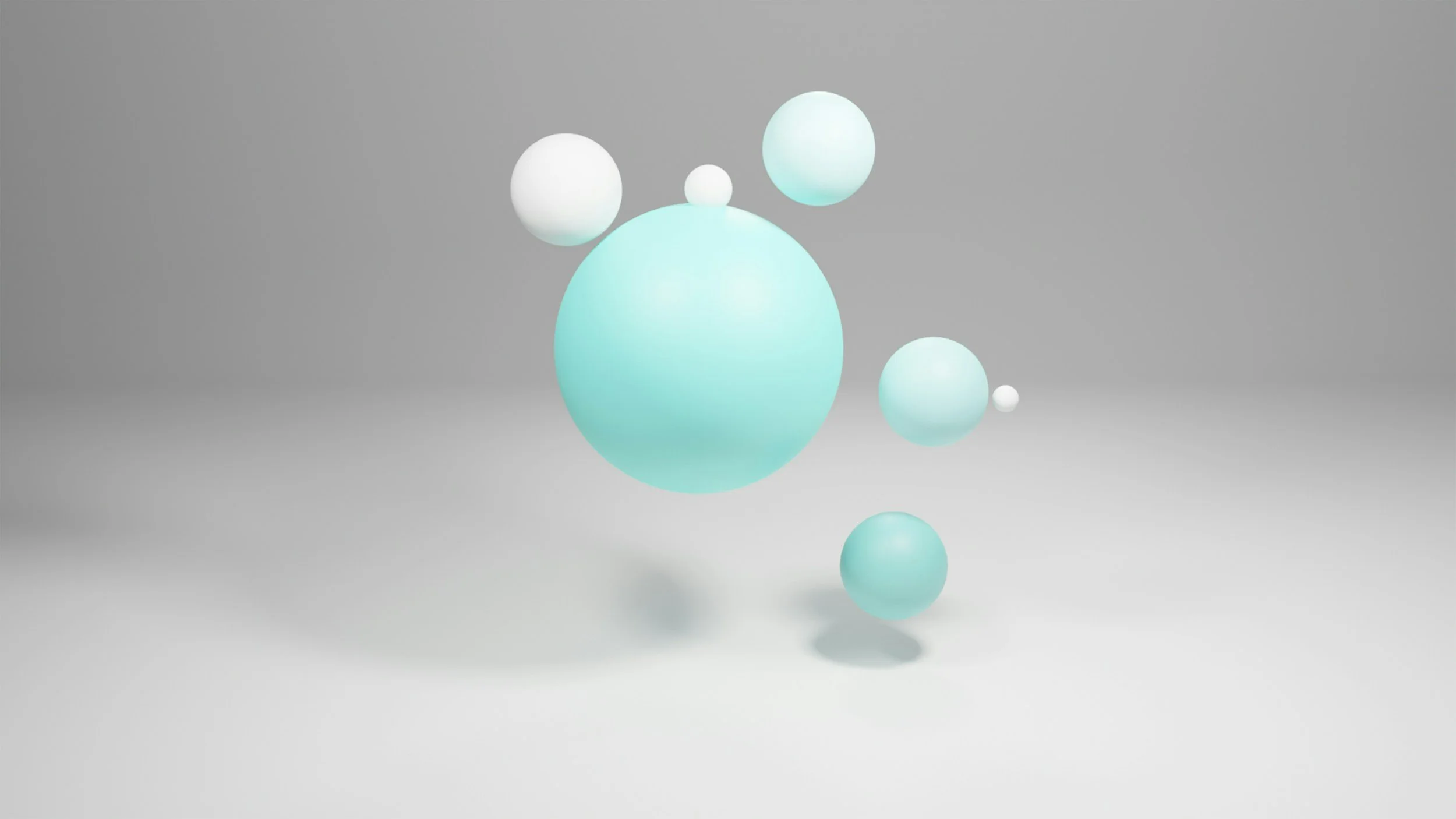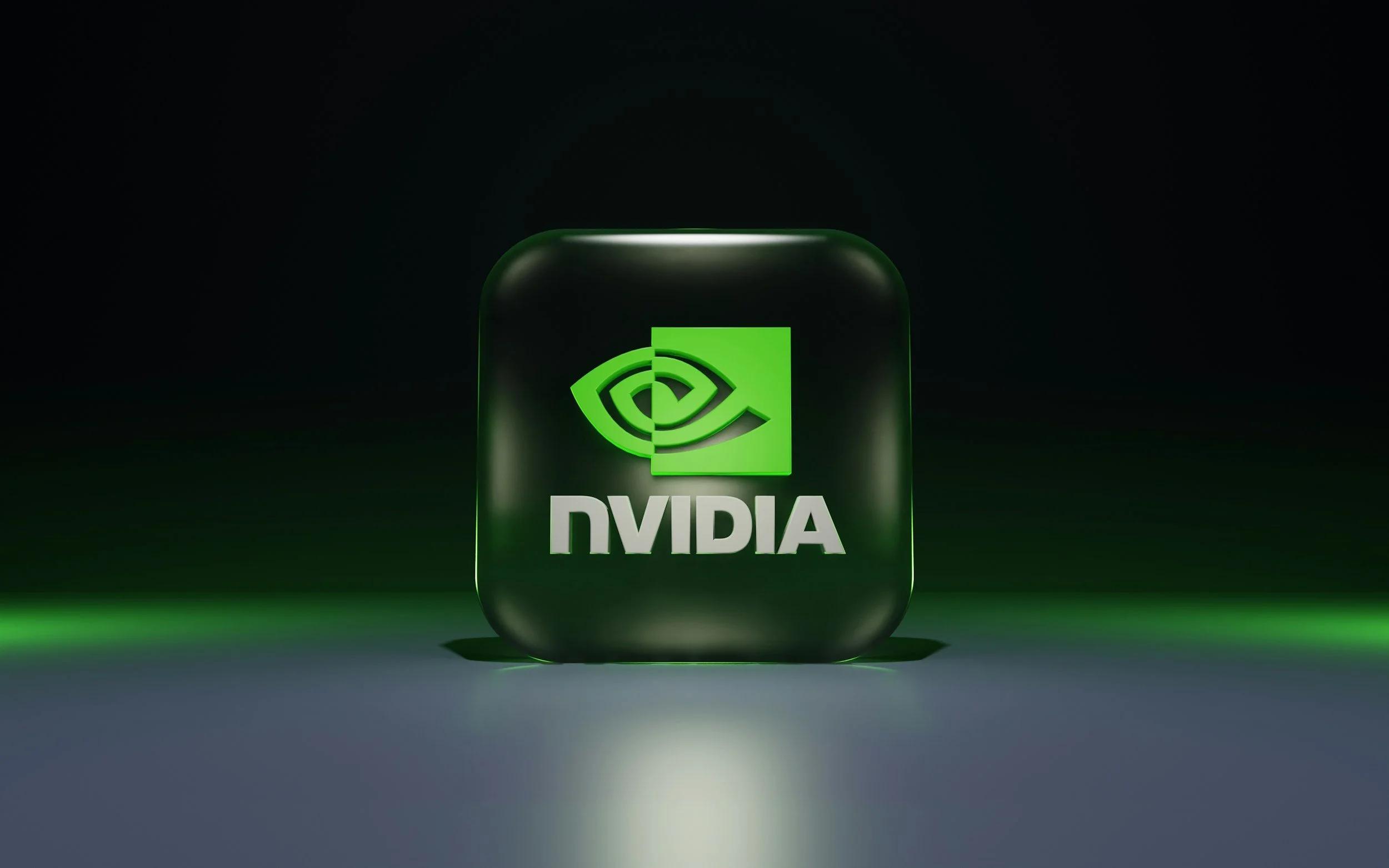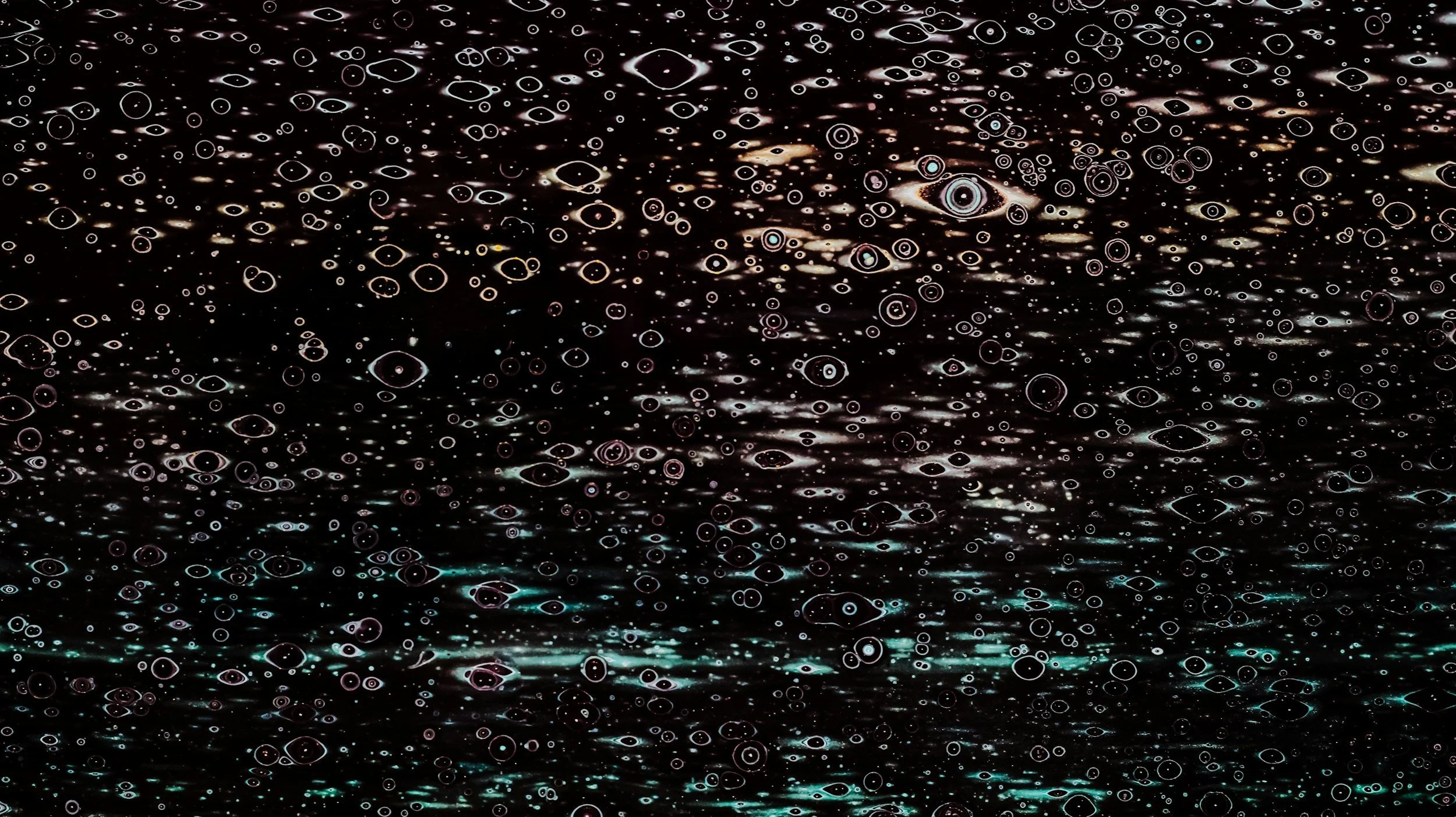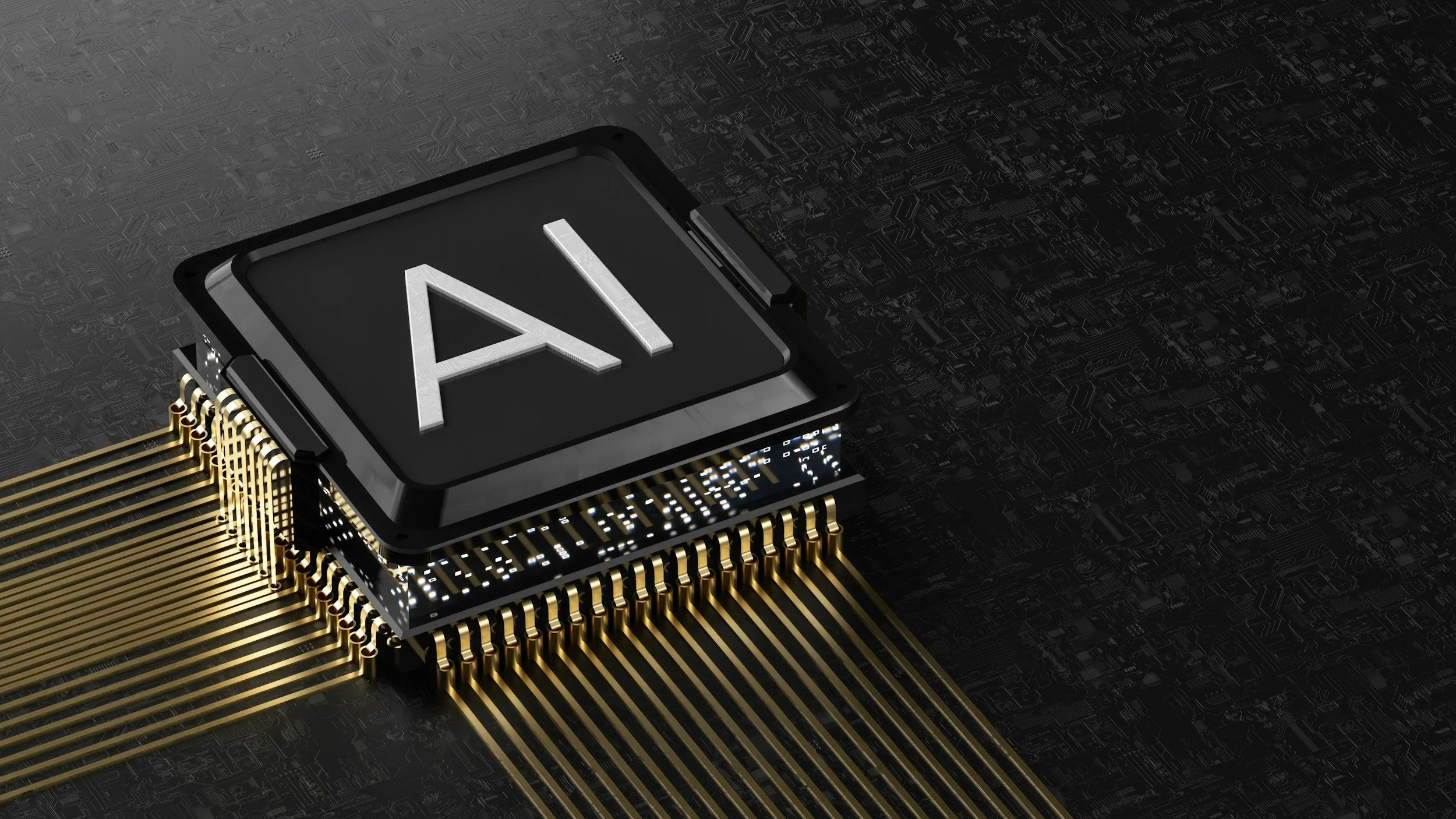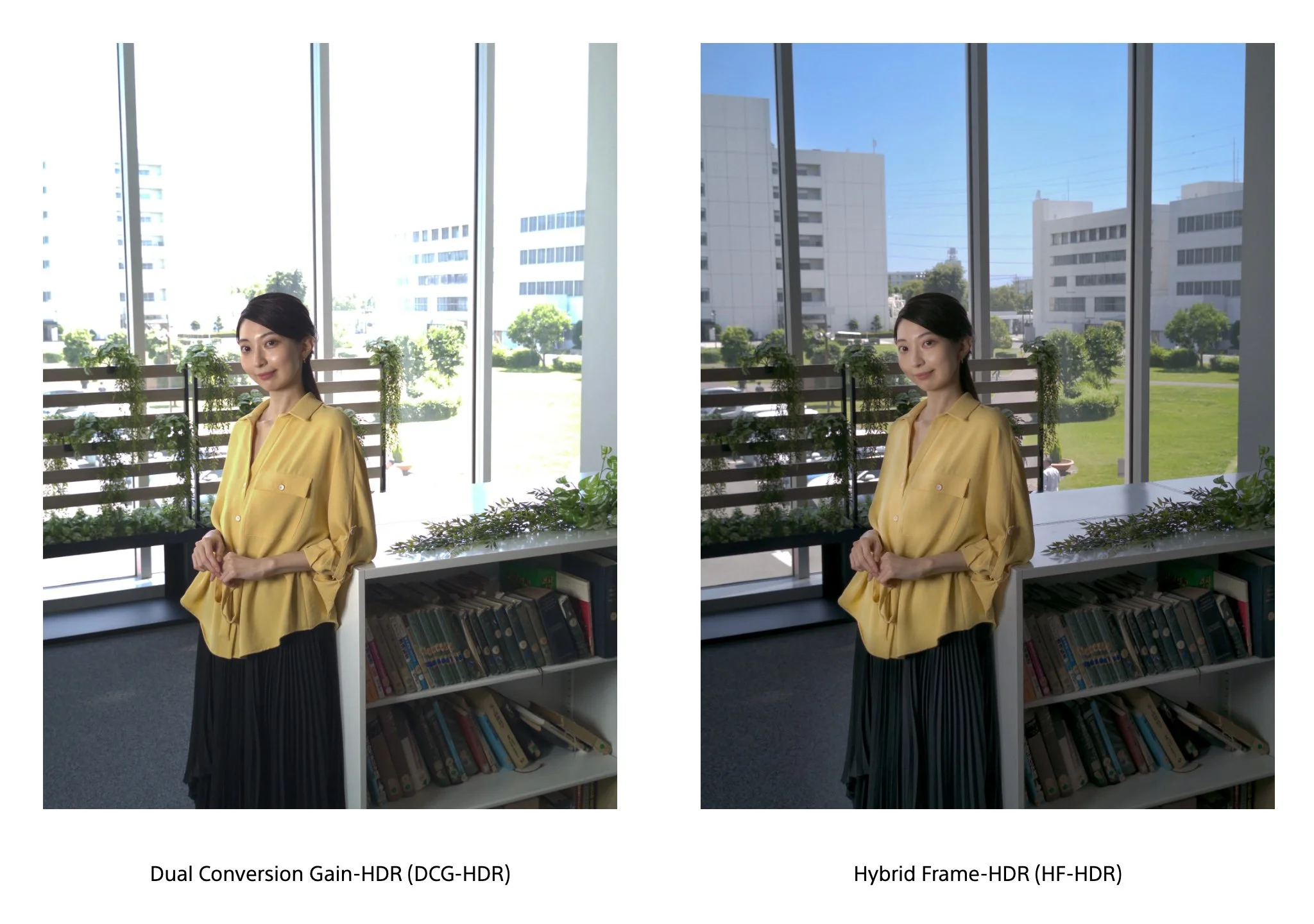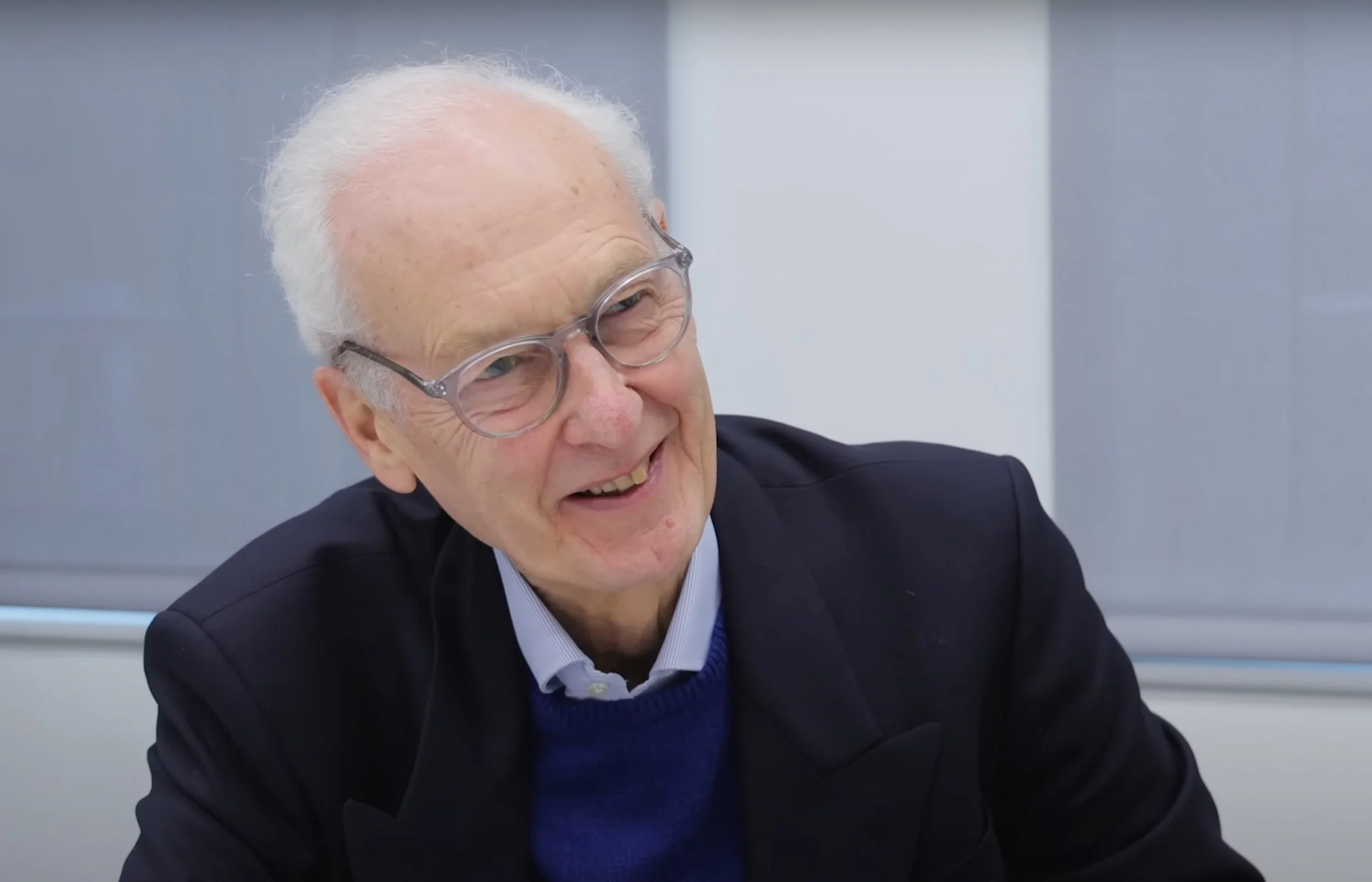AI Deepfake Scams Cost Australians AU$2 Billion in 2024: ACCC and Experts Warn of Rising Threat

Image Credit: Lindsey LaMont | Splash
Australians lost AU$2.03 billion to scams in 2024, with artificial intelligence-powered deepfake technology and a sharp rise in job scams contributing to the losses, according to the Australian Competition and Consumer Commission (ACCC).
Deepfakes and Investment Scams Lead Financial Losses
The ACCC’s latest Targeting Scams report showed a decrease from AU$3.1 billion in 2023 but warned that AI-enabled scams remain a growing threat. Deepfake audio and video have been used to impersonate well-known figures, such as ABC health journalist Dr. Norman Swan, to promote fraudulent health products and extract funds from victims. In May, ABC’s “7.30” program highlighted the sophistication of these scams when a host was briefly deceived by an AI-generated video.
National Anti-Scam Centre Targets Job Scams
In response to a sharp increase in employment scams, the National Anti-Scam Centre established a Job Scam Fusion Cell, operating from September 2024 to March 2025. The fusion cell is a joint initiative involving government agencies, law enforcement, academics, and private sector partners. Over the period, more than 29,000 scam social media accounts and 1,850 fake job advertisements were removed. Financial losses from job scams rose 151% between 2022 and 2023, with AU$13.7 million lost in 2024, according to ACCC data.
“These scams disproportionately impact people on low incomes, culturally and linguistically diverse communities, international students, non-resident visa holders, and others with limited employment options”, said ACCC Deputy Chair Catriona Lowe.
Mechanics of Job and Deepfake Scams
Scammers advertise non-existent jobs to collect money and personal information. Victims are often asked for up-front payments or personal documents under false pretenses. The Job Scam Fusion Cell worked with Meta to remove 29,000 accounts sharing scam content, referred over 800 scammer cryptocurrency wallets for investigation, and coordinated awareness campaigns targeted at vulnerable groups. The cell also focused on healthcare sector impersonation, helping reduce such reports to near zero by March 2025.
Industry and Regulatory Response
Australia has no laws specifically regulating the use of deepfake technology for scams, but industry and government are developing new approaches. Startup Apate.ai, in partnership with Macquarie University and Commonwealth Bank, is piloting AI-driven bots to interact with scammers and collect intelligence. The ACCC continues its “Stop, Check, Protect” campaign, urging the public to verify unsolicited offers and protect their personal information.
Fusion cells, as coordinated by the National Anti-Scam Centre, are time-limited taskforces aimed at addressing urgent scam threats. Key measures trialed by the Job Scam Fusion Cell are now being considered for broader application against other scam types.
Global Context
Global losses from AI-driven fraud are projected to reach US$40 billion by 2027, according to Deloitte. In Australia, authorities say job and deepfake scams are likely to become more sophisticated as technology advances, requiring stronger regulation, improved detection, and ongoing public education.
How to Avoid Scams
The ACCC advises job seekers not to pay money up front for job offers or share personal documents unless certain of the employer’s legitimacy. Suspected scams should be reported to the National Anti-Scam Centre’s Scamwatch service.
We are a leading AI-focused digital news platform, combining AI-generated reporting with human editorial oversight. By aggregating and synthesizing the latest developments in AI — spanning innovation, technology, ethics, policy and business — we deliver timely, accurate and thought-provoking content.



